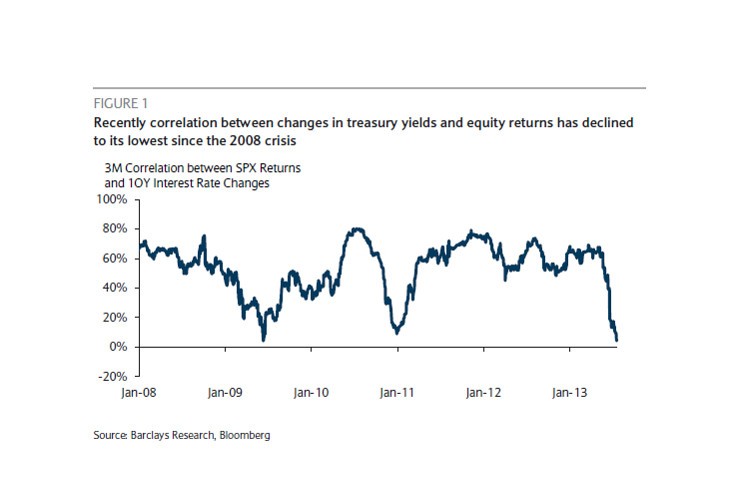What Negative Bond Yields Mean for Investors MoneyBeat
Post on: 16 Июнь, 2015 No Comment

negative yields
Bloomberg News
What on Earth has happened to bond yields in Europe?
As much as €1.5 trillion ($1.7 trillion) of euro area debt maturing in more than a year now pays a negative yield, according to J.P. Morgan. That compares to none whatsoever a year ago.
German government bonds offer negative yields on maturities up to six years, according to Tradeweb, along with those in Denmark. For five years, the Netherlands, Austria, Sweden and Finland are in the club. For four years, add France and Belgium. In Switzerland, bonds out to a whopping 13 years in length have negative yields.
And there’s no sign of this trend letting up thanks to fears of deflation and further central banks easing policies.
Here’s what it means for financial markets:
What is negative-yielding debt? In a nutshell, bonds that investors have to pay to own before adjusting for inflation. That might seem like a dud investment, but whether an investor actually loses money by holding the bond depends on what exactly happens to inflation. If it is lower than the yield on the bond, then investors can still make money in real terms. An investor can also make money by re-selling the bond at an even higher price than where they bought it.
How did we get here? A combination of falling inflation and aggressive central bank action. Investors buy bonds in the expectation that they will make a positive return after inflation. If they expect consumer prices to fall, as they did in December in the eurozone, some investors will be willing to buy bonds with negative yields. Central banks have reacted to deflation fears by aggressively easing monetary policy, such as cutting deposit rates into negative territory. This has helped the stockpile of negative-yielding bonds to balloon worldwide to $3.6 trillion – or 16% of global government bond markets.
So how have negative deposit rates contributed? Central banks in the euro area, Denmark and Switzerland all now charge money to hold bank deposits, which has ripple effects throughout the market.
J.P. Morgan calculates there is currently €220 billion of bank reserves subject to negative interest rates, which looks set to grow exponentially because of the ECB’s forthcoming colossal bond-buying program. Plowing the money into negative-yielding government bonds can appeal to banks when the alternative is to pay even more to store cash on deposit.
Why does this matter? Because “[it] changes fundamentally” the equation for buying bonds, according to Iain Lindsay, fixed income portfolio manager at Goldman Sachs Asset Management, which handles over $1 trillion in assets. The notion that yields are floored at 0% has been “broken once and for all”, he said. Previously, investors assumed bond prices couldn’t go above a level equivalent to a 0% yield (prices rise as yields fall).

Niall Cameron, head of markets for Europe, the Middle East and Africa at HSBC. characterizes the current situation with negative yields as a big experiment” and that the market is “only just starting to understand the implications”.
But will people continue to buy at negative yields? Some will, yes. Mr. Tan says his firm has had to buy negative-yielding bonds to absorb the cash flowing into its bond funds.
Moreover, he argues that it is logical to hold onto negative-yielding bonds as long as he believes the yield has further to fall. “The yield or coupon of a bond is one aspect [of investing]. The other is the potential capital gains,” he said. In other words, another investor may still buy the bonds off him at an even higher price. He added that he sees a natural floor for eurozone bond yields at the ECB’s deposit rate of -0.2%.
So how has investors’ view on bonds changed exactly? Other than not selling when yields hit 0%? Well, another important development is the growing significance of currency movements on bond returns. For instance, 10-year U.S. Treasury yields at 1.66% may not sound attractive, but the bonds will perform well for non-U.S. investors if the dollar continues to appreciate against other currencies.
“The rates market is starting to become a bit of a currency play,” said HSBC’s Mr. Cameron. “As rates get lower, the importance of FX moves on total returns increases.”
Why not just avoid government bonds altogether? That’s what some investors are doing. Themis Themistocleous, head of the European investment office at UBS Wealth Management, says he is globally overweight equities versus bonds, noting that “negative yields make equities look more attractive in relative terms.” He has also positioned his portfolio to favor investment-grade corporate bonds and U.S. high-yield bonds over high-grade government debt, due to the measly returns on offer.
Gold could benefit too. It offers no coupon or dividends, so can be costly to hold, but in a world of negative yields, thats less of an issue, notes Stephane Mattattia, global head of the macro group at Societe Generale.














